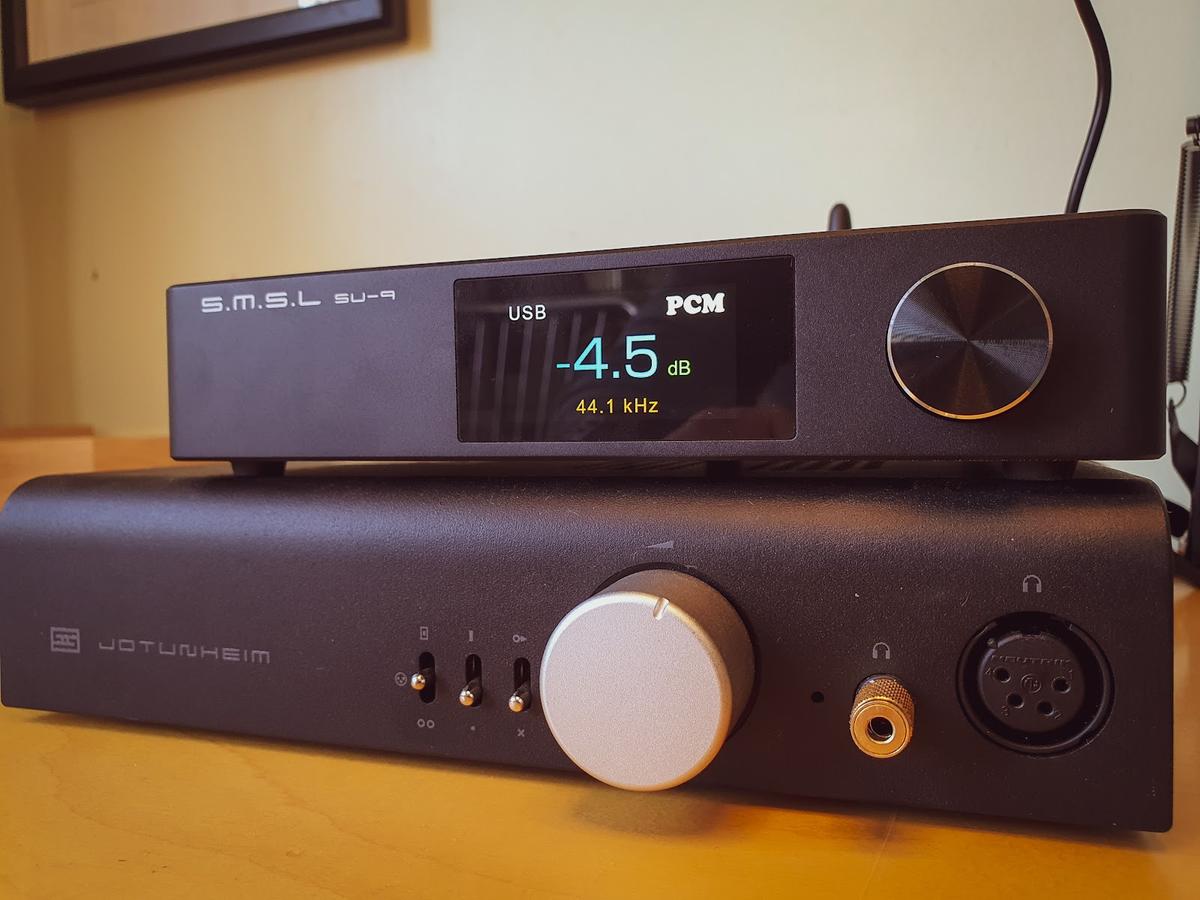The SMSL SU-9 Ultra is a mid-budget powerhouse with a hard-to-fault sound and great technicalities.
- Tuned very neutral
- Realistic timbre and ambiance
- Superb detail
- Well-built
- Transparent volume control
- The SMSL DO300EX does more for less
- No BNC for SPDIF
- Keeping the screen on might cause burn-in
- 5VRMS output will clip some amps
Back in the day, most Delta-Sigma DACs, well… sucked. They worked fine for everyday stuff, but vinyl and tape guys argued that digital is lifeless and sounds sharp, and most of the time, they were right.
To remedy that, I hunted for my first multibit DAC – the Parasound D/AC-1600. It was huge, heavy, ran hot, and, let’s be honest – sounded pretty colored. But it had soul and often kept me up until 3 am with countless “just one more” songs. And I bought it from none other than Currawong!
Nowadays, it’s miles, if not parsecs, better. There is no need to hunt for digital dinosaurs – the latest and greatest from ESS and Asahi-Kasei are often good enough. Of course, the DAC chip alone doesn’t tell the whole story, but most implementations are good enough.
The SMSL SU-9 Ultra pulled a significant feat and never left me wanting to reach for multibit. Read on to find out how SMSL and Asahi-Kasei did it!
Unboxing and First Impression
Design and Build
The outer appearance of the SMSL SU-9 Ultra is understated. While the case is standard anodized aluminum, what keeps it apart from the more affordable SMSL offerings is that the enclosure is CNC machined with both bottom and top panels removable to access the circuitry inside.
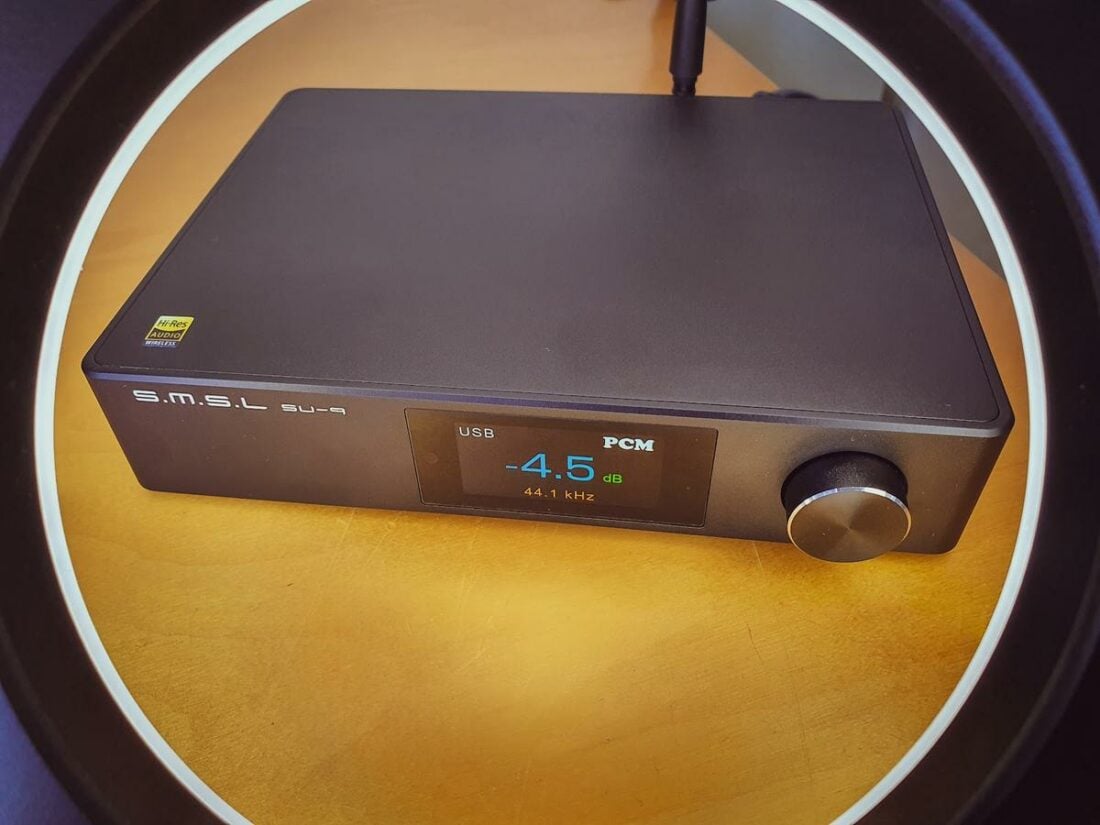
The front panel contains a pushable encoder knob that controls the volume and lets the user navigate the UI. The display is a TFT-based LCD, allowing for convenient navigation between the menu sections.
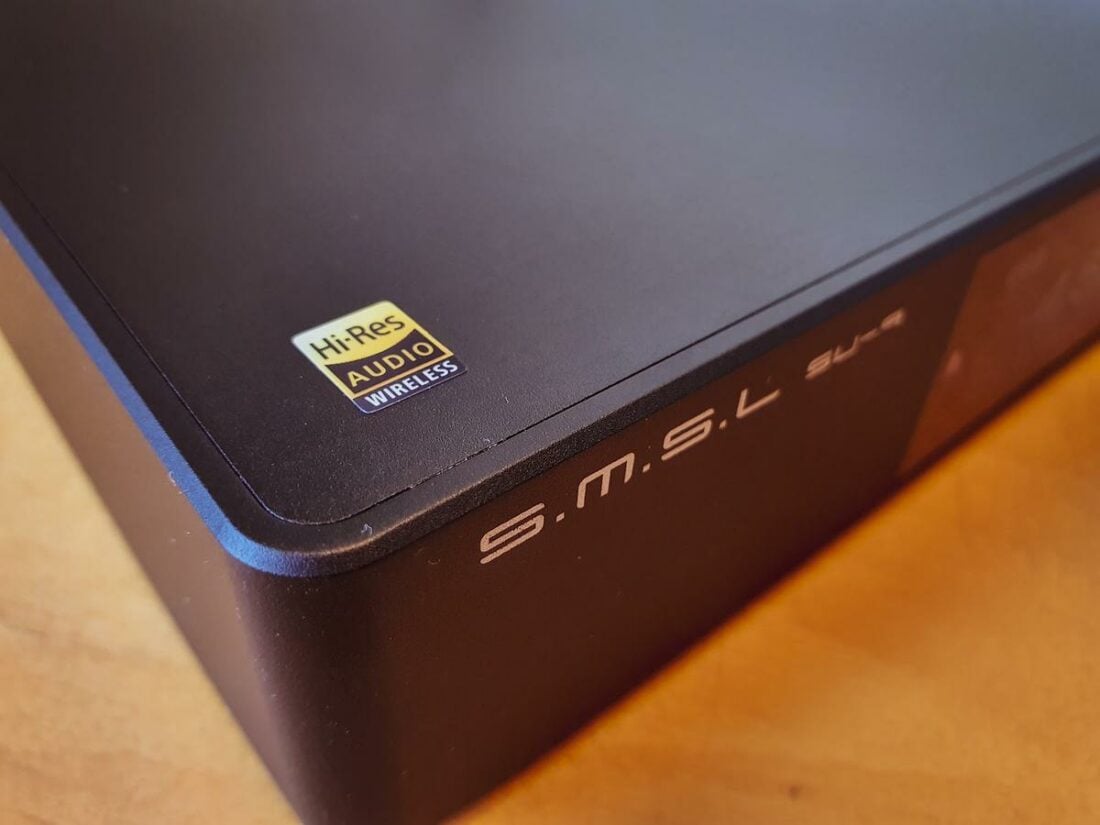
The back panel houses all of the IO. I have only two gripes here – once again, coaxial uses RCA instead of BNC, which causes improper termination impedance matching. Secondly, the unbalanced RCA outputs are stacked on each other, so it’s harder to determine which side is which.
Bluetooth
Like other SMSL DACs, the Bluetooth connection supports all the usual codecs – LDAC, AptX, Aptx HD, AAC, and SBC. The rated connection range is up to 10 meters with the included antenna attached. As always – most Bluetooth connections will reduce audio quality as connection strength drops.
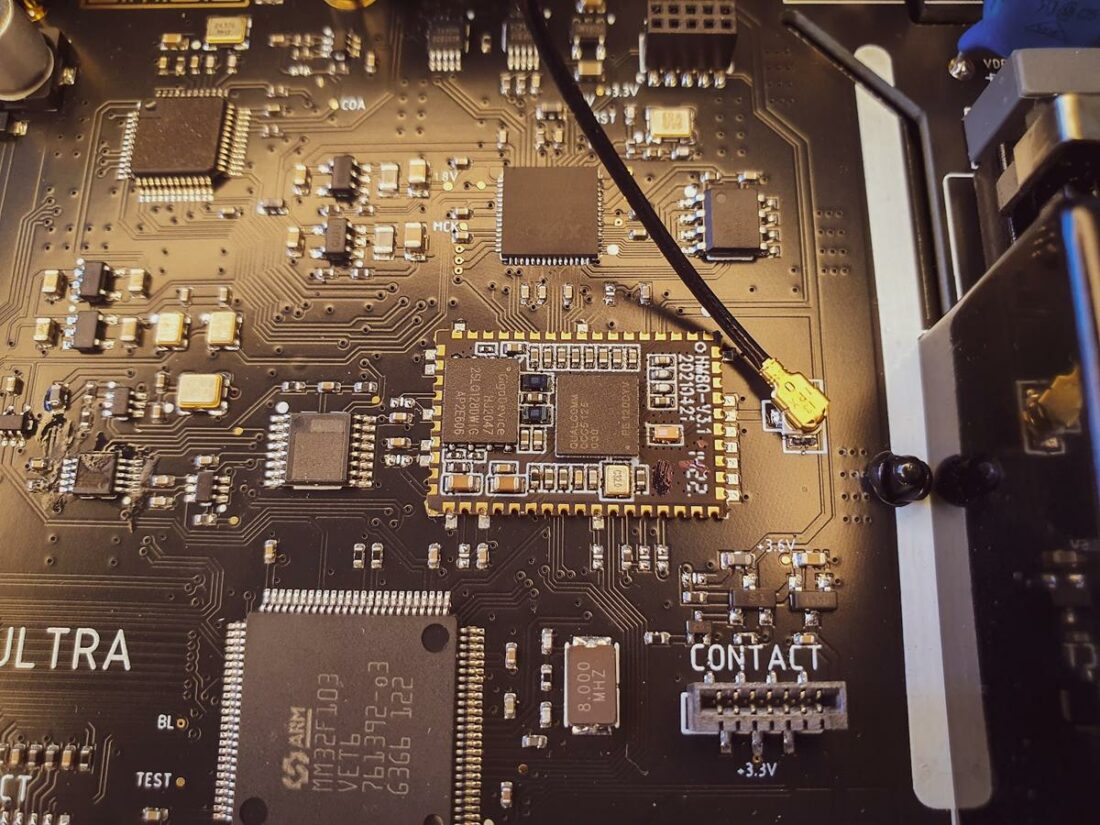
Controls
While the SU-9 Ultra is perfectly usable with just the encoder knob, it’s way easier to navigate the menus with the remote. Make sure you have three AAA cells handy because the remote has none inside.
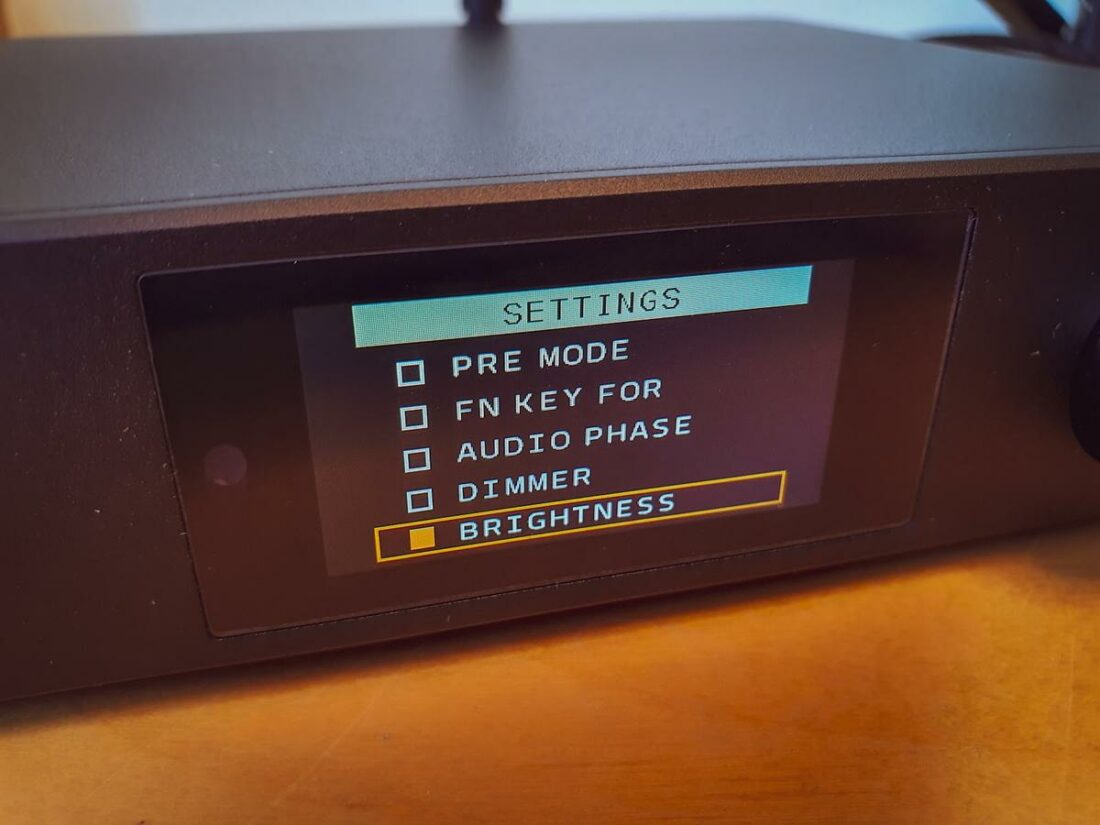
I know that some will lament the exclusion of an onboard ON/OFF switch, but the 10W power draw shouldn’t inflate your power bill too much.
I fear keeping the default signal status screen always on may cause burn-in.
There’s an option to automatically switch off the LCD screen after a set time, which should avoid burn-in. The downside is that it makes it impossible to tell whether the unit is on.
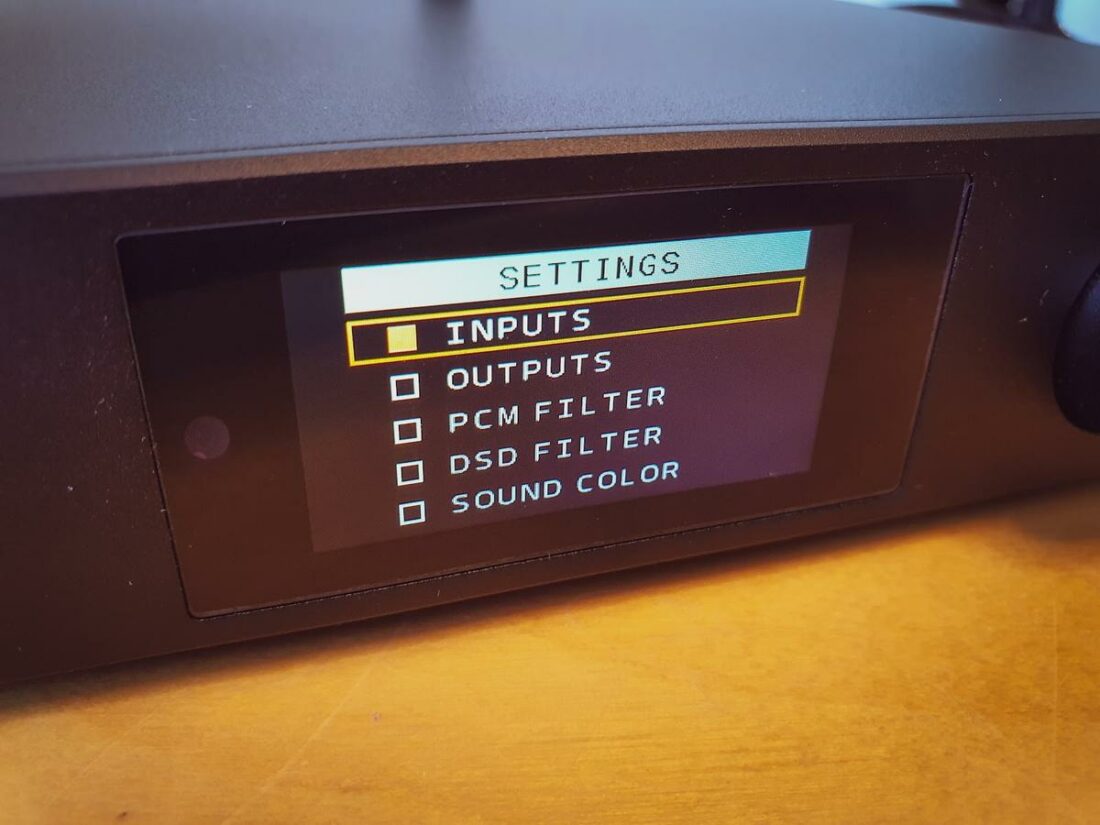
Just like with ESS-based DACs, the AKM-based SU-9 Ultra comes with a set of output filter presets to choose from:
- Sharp roll-off
- Slow roll-off
- Short sharp
- Short slow
- Super slow (simulates NOS)
- Low dispersion
Again, I’m not a big fan of this as it kicks my ADHD-addled brain into analysis overdrive. On the bright side, the filters are easily switchable, so comparing them is a breeze.
But wait, there’s more! The AK4499EX chip has four “sound color” modes to choose from on top of the filters.
Under the Hood
Remember 2020? With all the bad that the pandemic brought, we audiophiles got the AKM chip factory fire as the cherry on the cake. I was pretty concerned about what it would bring to the audio industry.
The SMSL SU-9 Ultra uses the newest AKM chip they introduced after the incident.
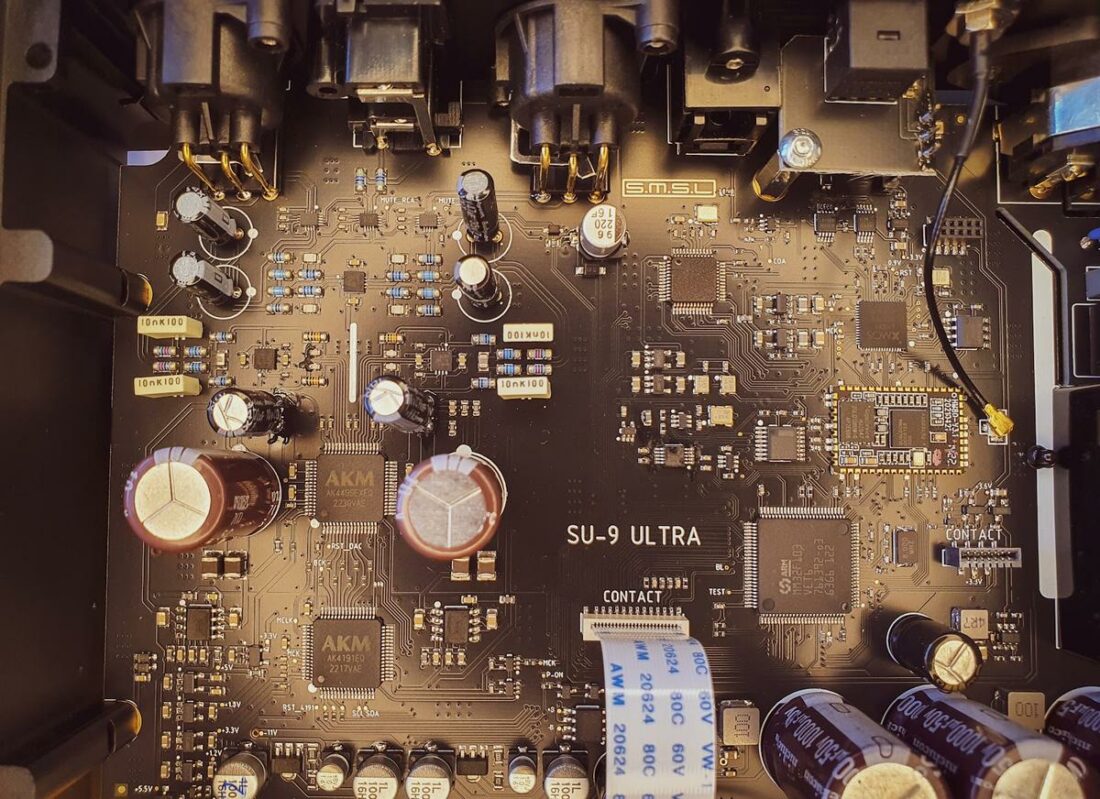
Let’s start at the beginning – the digital front end. USB is handled by the latest XMOS XU316 receiver, which works fine on my Windows 11 machine without dedicated drivers. Installing the driver adds an ASIO output option to players that support it.
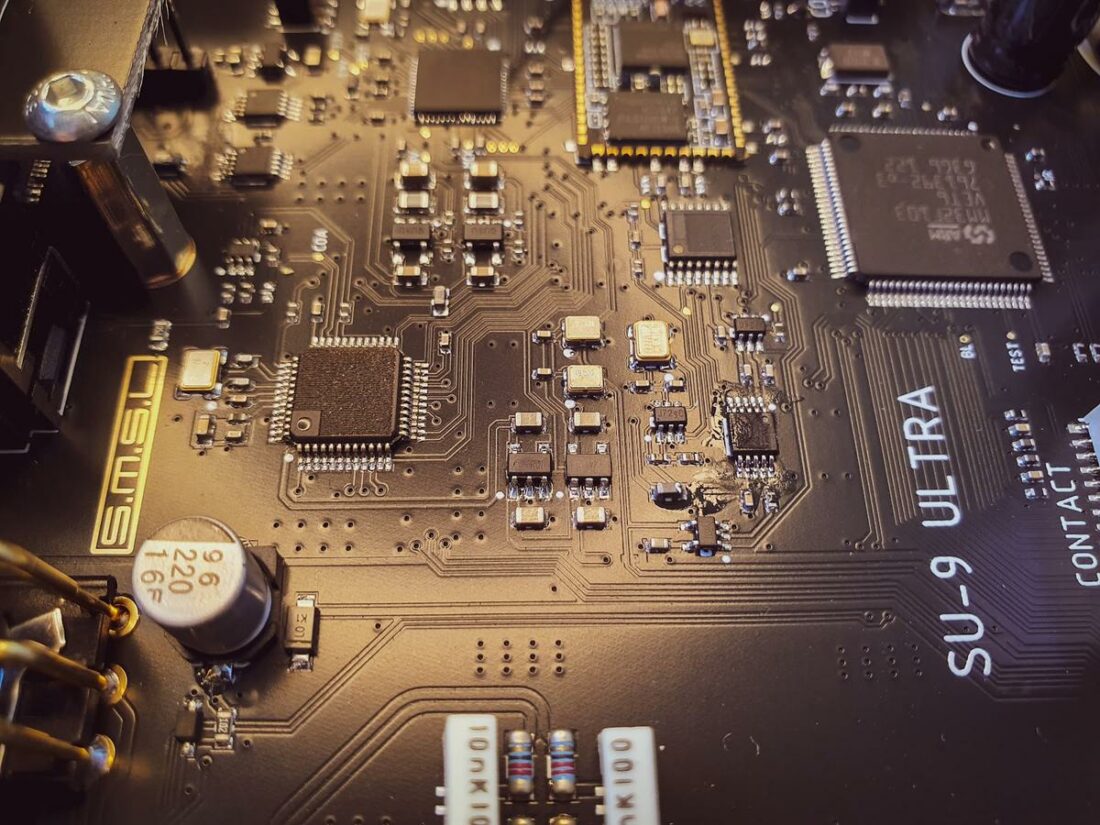
The PCB has many chips with all markings milled off.
Other digital inputs are handled by a mystery IC (probably an AK4118) that had all markings erased. Not cool, SMSL! Maybe it’s due to fears of competition copying designs, but it mostly makes repairs more of a headache than need be.
The clock management is done by a PLL system that SMSL devised. I’d say it works pretty well because I could not detect any sound difference between all of the wired digital inputs.
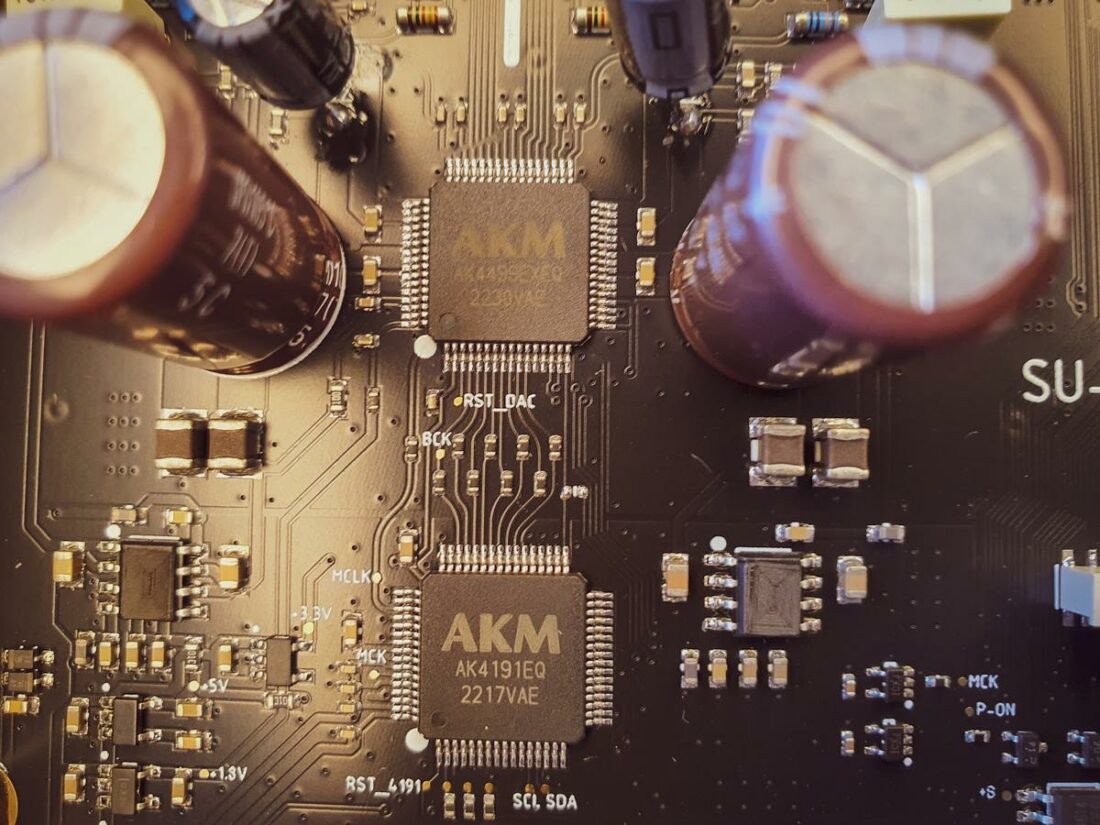
After a jitter clean up, the digital signal gets routed to the AK4499EX or, rather, to the AK4191EQ modulator chip. AKM has decided to make its flagship DAC modular by chopping it up into two ICs – a modulator that takes the IIS signal and then sends it to the actual DAC chip.
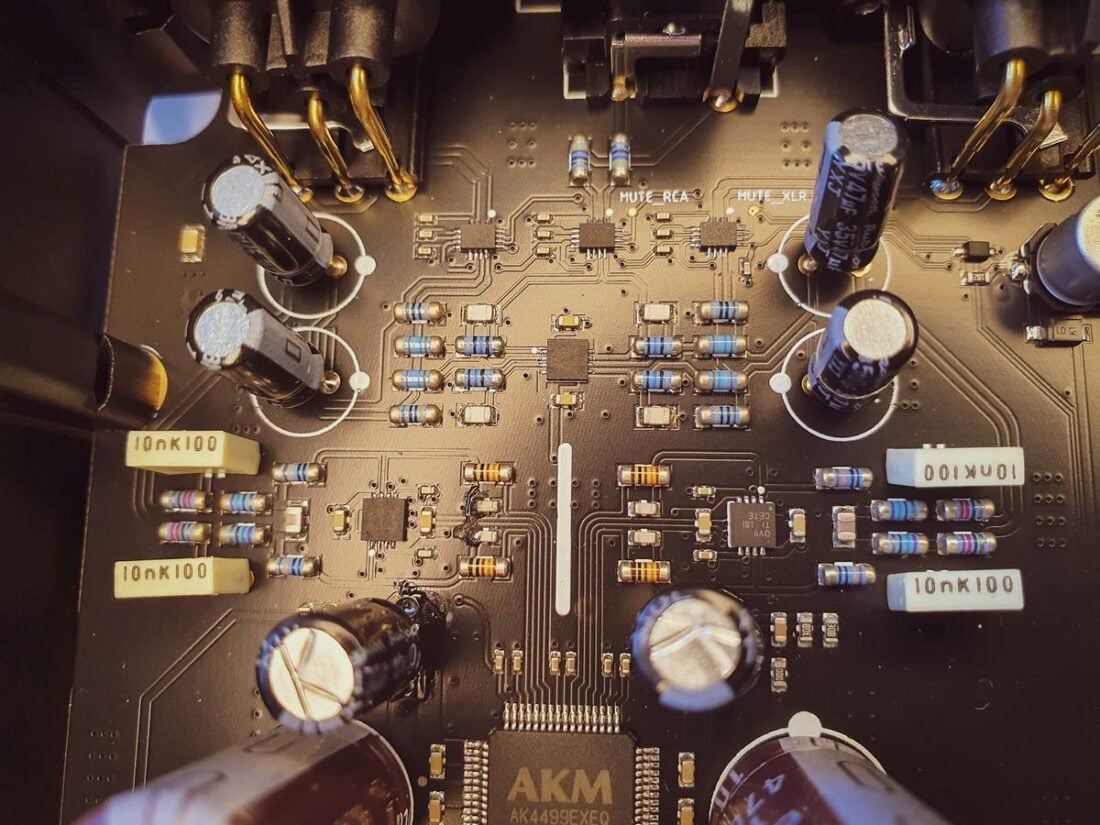
While it is hard to tell from the markings, the analog portion of the circuit most likely uses OPA1612 opamps. For some reason, these chips never have easy-to-ID markings. This opamp has been the darling of SMSL and other brands and is capable of very impressive performance.
How Does the SMSL SU-9 Ultra Sound?
I describe the overall sound signature of the SMSL SU-9 Ultra as neutral.
A Goldilocks tuning between colored and clinical. The icing on the cake is the tremendous technical capability the SU-9 Ultra is capable of. Low distortion, microdetail, and a realistic sense of recording ambiance are the name of the game here.
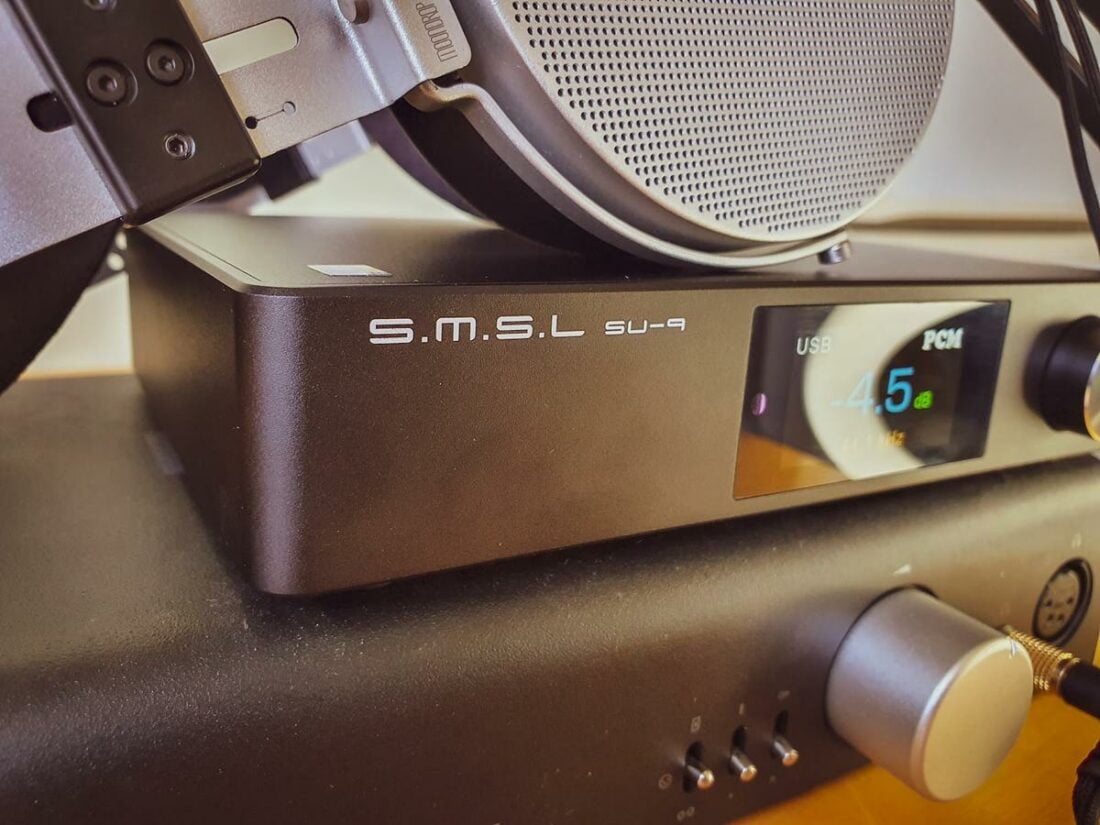
Bass
Have there been any DACs with bad bass lately? Unless the outputs are capacitor-coupled or use transformers, the bass should be hard to fault. The SU-9 Ultra generally seems to have subjectively less bass than some ESS implementations I’ve heard lately. It beats me which one is closer to the recording.
Midrange
There is a certain richness to the midrange of the SU-9 Ultra; however, it’s very recording-dependent.
After going through many different recordings, I tried my best to pin down whether the SU-9 adds some extra sugar to the mid-frequencies. While I have heard Blackjazz by Shining sound more abrasive, there’s a good chance this DAC is just very neutral.
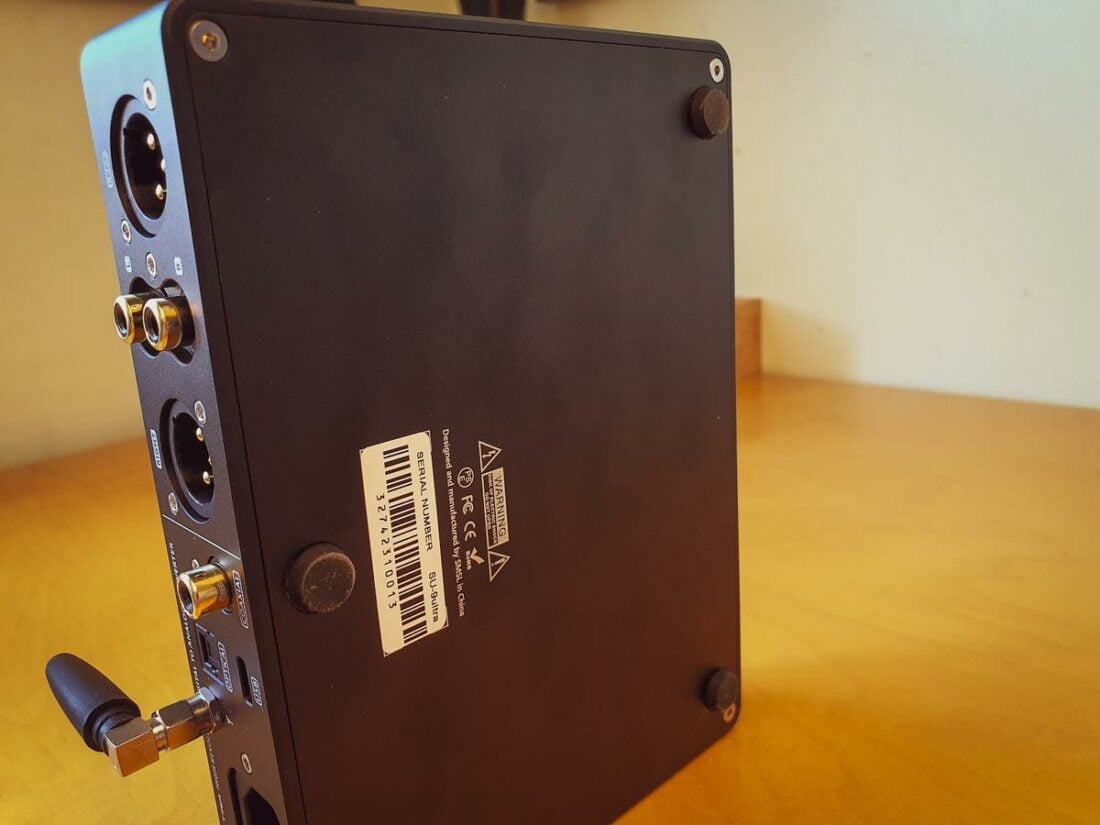
Treble
The higher registers on the SU-9 Ultra are super detailed, yet with no hint of coldness.
In other words – I could blast death metal all day, and my ears wouldn’t protest. Some Delta-Sigma DACs have been guilty of imbuing their output with a certain sheen people have called “digititus.” With the SU-9 Ultra, there wasn’t any sign of it despite not using exotic circuit solutions.
Comparisons
Having recently reviewed the SMSL D6-S, it was my main point of comparison. It uses the ESS Technologies ES9039Q2M chip, with the accompanying parts similar to the SU-9 Ultra. It’s also essentially identical function-wise.
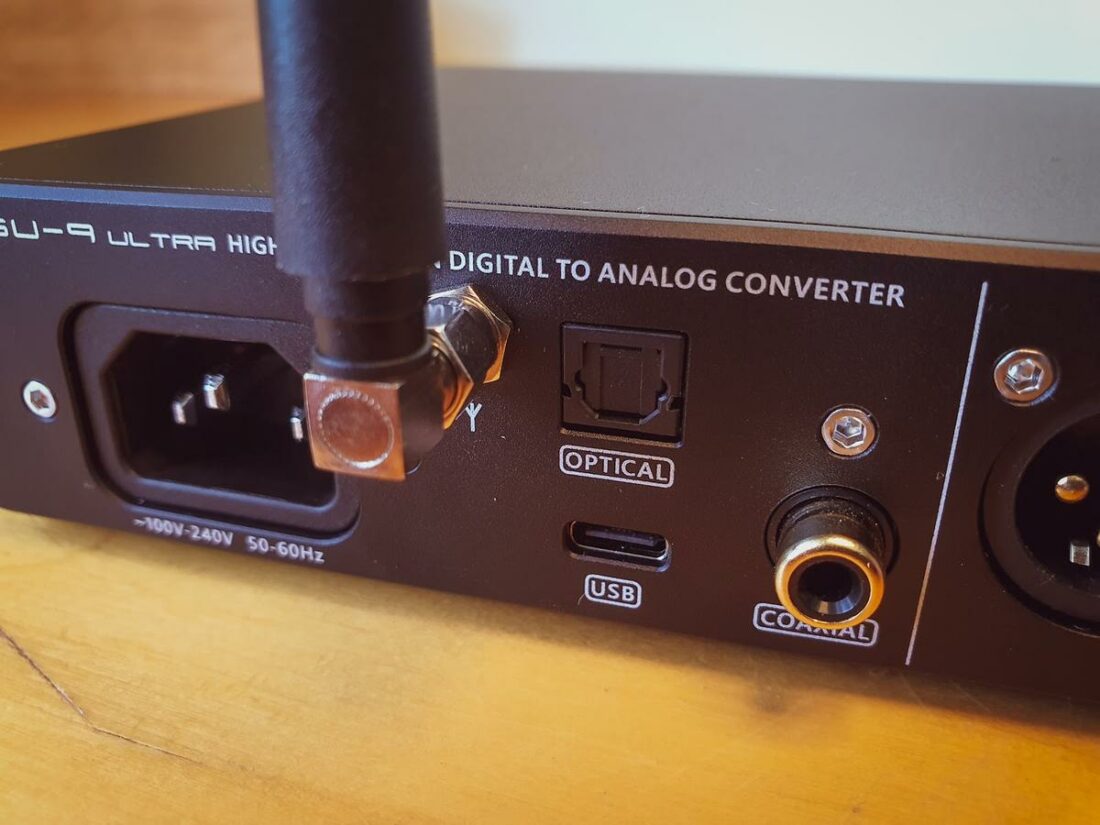
While the immediate reproduction detail was similar on both units, the SU-9 Ultra edges the D6-S in terms of microdetail, imaging, and ambiance. There was also a marked improvement in realism when switching to the AKM DAC. I’d regard the SU-9 Ultra as a worthwhile upgrade from the D6-S.
Where to Buy
Who Should Buy This?
I confidently recommend the SMSL SU-9 Ultra to anyone looking for a DAC in this price range. It does everything well and has no idiosyncratic tuning choices that could scare away picky listeners.
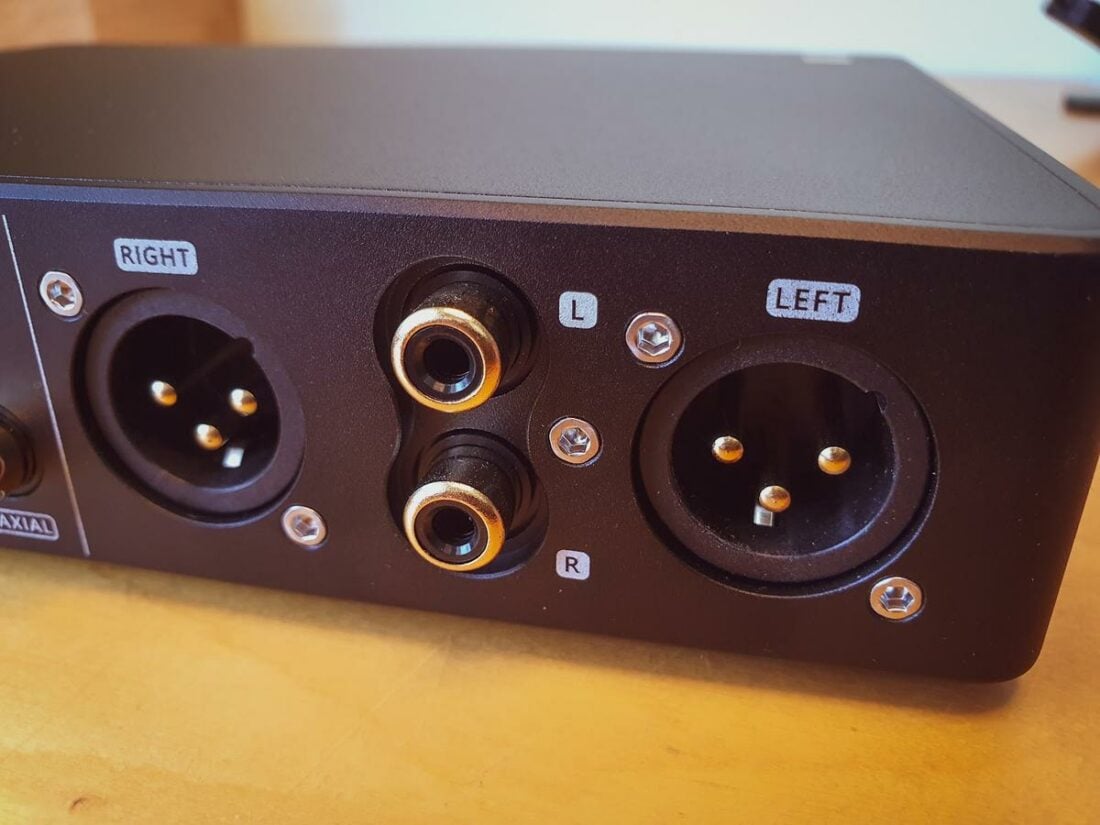
In terms of system matching, the SMSL SU-9 is a Swiss Army knife. It will be the downstream gear that will dictate the overall sound signature. Due to its superb volume control and remote, the SU-9 Ultra will work nicely with active speakers and setups that use true power amps with no volume control.
Final Thoughts
For the longest time, I dismissed SMSL due to its cookie-cutter designs. I like to see something interesting once I pop the cover of my gear. The SMSL SU-9 Ultra proved me wrong – who cares about exotic electronics if the sound is superb?
With the help of my favorite chip maker, AKM, SMSL has created a Delta-Sigma DAC that sounds analog enough to keep me from peeking over my shoulder at multibit R2R designs. I can only guess what they could do with discrete output stages and double-chip designs.
What’s in the Box?
- SU-9 Ultra DAC
- Power cord
- USB-A to USB-C cable
- Bluetooth antenna
- Remote
- QC card
- Manual
Technical Specifications
- Form: DAC
- Weight (g): 790g
- Inputs: USB-C, SPDIF RCA, TOSLINK, Bluetooth
- Outputs: XLR, RCA
- Bluetooth Version: 5.1
- Bluetooth Audio Codec: LDAC, AptX, Aptx HD, AAC, SBC
- Remote: Yes
- THD+N: 0.00006% at 5VRMS
- SNR: 132dB (XLR), 127dB (RCA)
- Dynamic range: 132dB (XLR), 127dB (RCA)
- Data rates (USB): PCM – 32bit (44.1 – 768kHz), DSD – 1bit (2.8224 – 22.5792Mhz), DoP256
- Data rates (Optical & Coax): PCM – 24bit (44.1 – 192kHz), DoP64
- Power consumption: <10W, <0.5W stand-by
- Size: 187.5x154x40mm (WxHxD)
